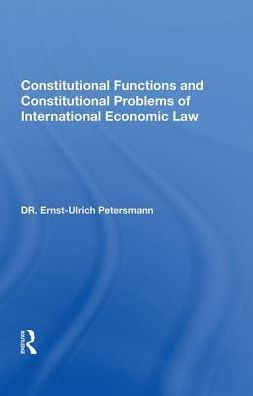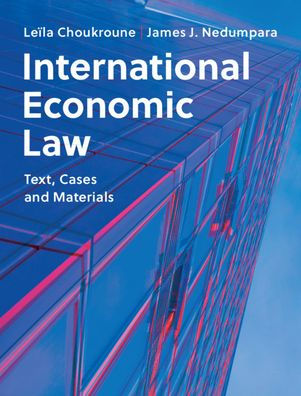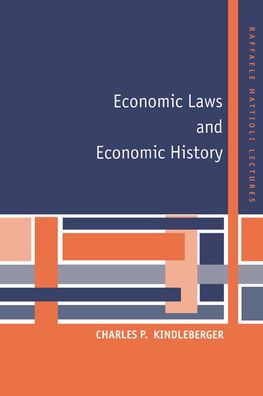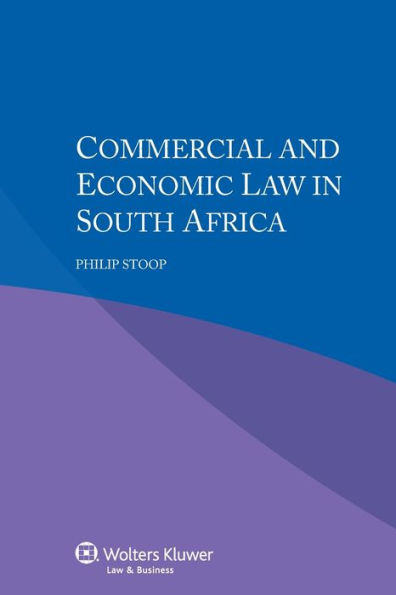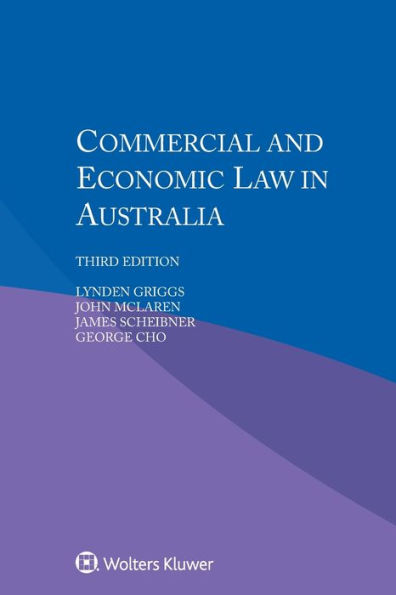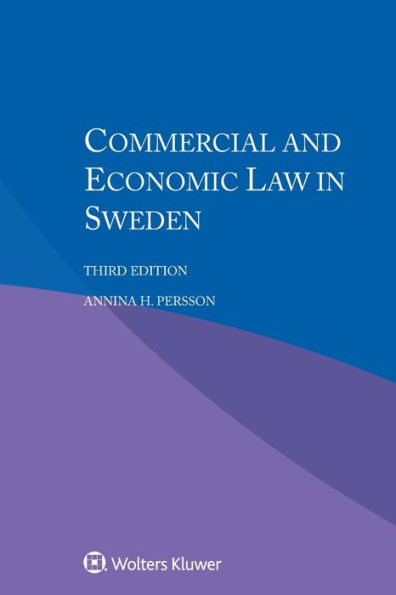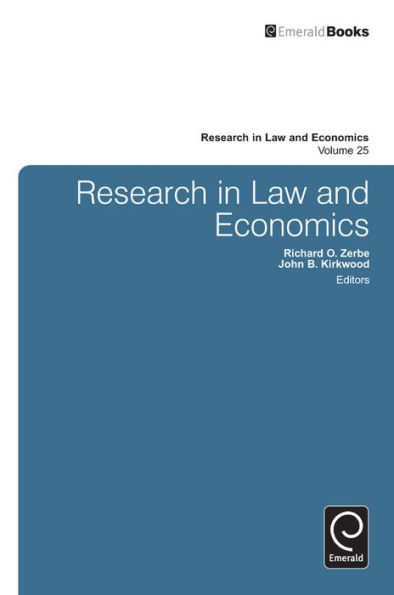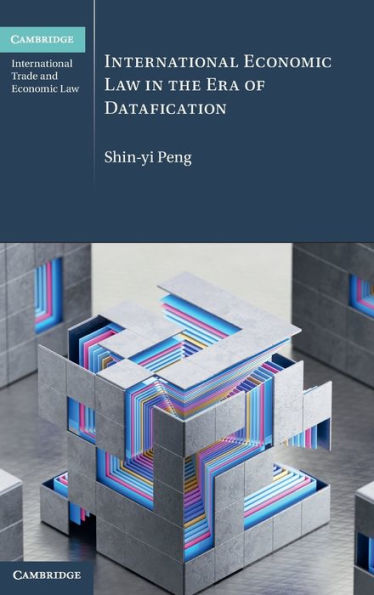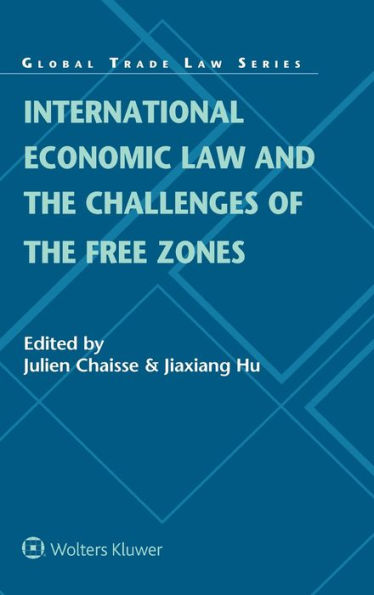Home
Research on Two Economic Laws of Household Consumption Function: A Case of Kenya
Barnes and Noble
Loading Inventory...
Research on Two Economic Laws of Household Consumption Function: A Case of Kenya in Franklin, TN
Current price: $45.50
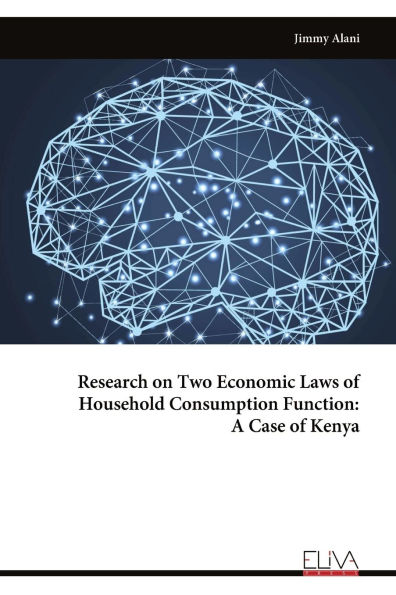
Barnes and Noble
Research on Two Economic Laws of Household Consumption Function: A Case of Kenya in Franklin, TN
Current price: $45.50
Loading Inventory...
Size: OS
The paper investigates two economic laws of household consumption over the 1960 to 2020 period by taking Kenya as a case study and using the generalized least (GLS) method. The two laws are: (a) The household marginal propensity to consume (MPC) in the short run is not significantly different from 0.43. (b) In the long run the household MPC is not significantly different from the positive square root of 0.43. These two laws fall within the campus of the Keynesian consumption function. Empirical findings from fifteen consumption models indicate that values of the long run MPC in Kenya during the aforementioned period were around 0.66; and were not significantly different from value of 0.65901. Meanwhile, in the short run the MPC in Kenya during the given period was 0.431; and was not significantly different from 0.4343. The findings could be due to the following facts: (a) The short run MPC is the product of average propensity to consume (APC) and long run MPC. (b) In the long run values of the respective APC and MPC tend to be equal to each other. The implication of the findings is that in the world, the MPC tends to move towards a common global equilibrium, for the simple reason that human beings often tend to have similar demands and consumption pattens.
The paper investigates two economic laws of household consumption over the 1960 to 2020 period by taking Kenya as a case study and using the generalized least (GLS) method. The two laws are: (a) The household marginal propensity to consume (MPC) in the short run is not significantly different from 0.43. (b) In the long run the household MPC is not significantly different from the positive square root of 0.43. These two laws fall within the campus of the Keynesian consumption function. Empirical findings from fifteen consumption models indicate that values of the long run MPC in Kenya during the aforementioned period were around 0.66; and were not significantly different from value of 0.65901. Meanwhile, in the short run the MPC in Kenya during the given period was 0.431; and was not significantly different from 0.4343. The findings could be due to the following facts: (a) The short run MPC is the product of average propensity to consume (APC) and long run MPC. (b) In the long run values of the respective APC and MPC tend to be equal to each other. The implication of the findings is that in the world, the MPC tends to move towards a common global equilibrium, for the simple reason that human beings often tend to have similar demands and consumption pattens.
